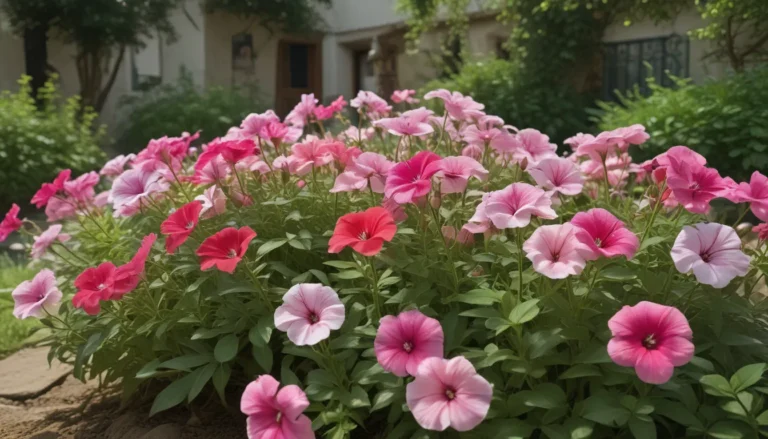Why Do Spider Plants Fade or Lose Their Variegation?

Spider plants are one of the easiest houseplants to care for. With their distinct, strappy green and variegated leaves, they add a touch of charm to any indoor space. However, when spider plants start to fade or lose their variegation, it can be a cause for concern. In this in-depth guide, we will explore the various reasons why spider plants might lose their color or variegation and discuss practical solutions to help your plant thrive once again.
Understanding Spider Plants
Spider plants, scientifically known as Chlorophytum comosum, are known for their unique appearance and resilience. These plants have variegated leaves with white or yellow stripes, making them a popular choice for indoor gardening enthusiasts. However, despite their hardy nature, spider plants can experience issues that result in faded or non-variegated leaves.
Common Causes of Fading or Loss of Variegation
-
Lack of Nutrients: Spider plants are not heavy feeders, but a lack of nutrients can cause them to lose their vibrant colors. Using a mild houseplant fertilizer once every two weeks can help provide the necessary nutrients for healthy growth.
-
Not Enough Sunlight: Spider plants require bright, indirect sunlight to thrive. Placing them in a location with insufficient light can cause the leaves to turn green and pale. Ensure your plant receives adequate sunlight near a south-, west-, or east-facing window with a sheer curtain for protection.
-
Inadequate Watering: Proper watering is essential for spider plants. Neglecting to water them enough can lead to a loss of variegation over time. Bottom-watering or watering from the top when the top inch of soil is dry is recommended.
-
Overwatering: Overwatering can also cause spider plants to lose their color. Check the soil moisture before watering and allow the top inch to dry out between waterings to prevent issues.
-
Excessive Light Exposure: Too much direct sunlight can bleach out the leaves of spider plants, causing them to fade and lose their variegation. Bright, indirect light is ideal for maintaining the plant’s vibrant colors.
Restoring Your Spider Plant’s Vibrancy
When you notice your spider plant fading or losing its variegation, it’s essential not to panic. By identifying the underlying cause and implementing the necessary changes, you can help your plant regain its health and beauty. Whether it’s adjusting the lighting conditions, watering schedule, or nutrient intake, taking proactive steps can make a significant difference in your plant’s appearance.
If you’re experiencing issues with your spider plant, such as variegation loss or fading leaves, share your strategies for addressing them in the comments below. It’s essential to create a community of plant lovers who can support each other in caring for their indoor greenery.
For more tips and tricks on spider plant care, check out these helpful resources:
- 7 Tips to Get Rid of Fungus Gnats on Spider Plants
- Propagating Spider Plant Babies: 3 Methods to Root Spiderettes
- How to Revive a Wilting Spider Plant
Remember, with proper care and attention, your spider plant can thrive and continue to brighten up your home with its unique beauty.





